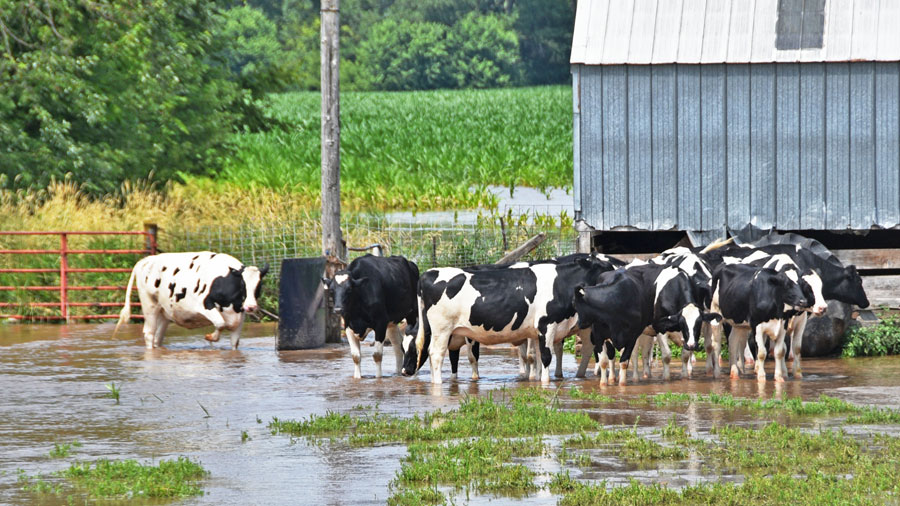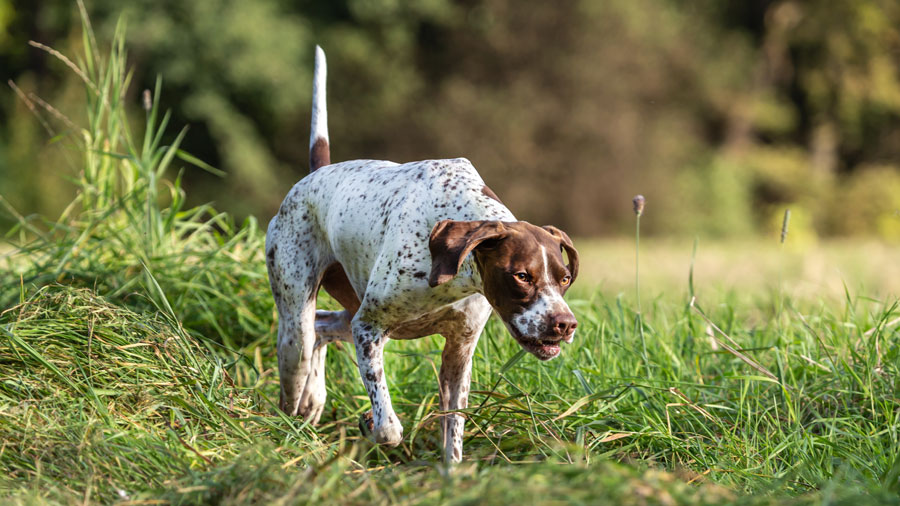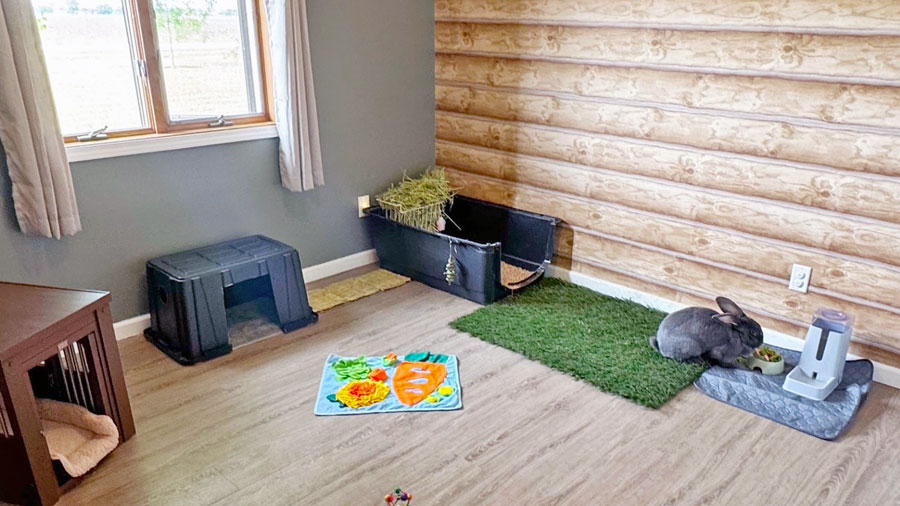These items are toxic to birds
Bird owners, beware ! Three common household toxins—TeflonTM, avocado, and heavy metals—present deadly dangers to your feathered friends, according to Dr. Krista Keller, a veterinary specialist in zoological medicine. Dr. Keller, who sees exotic pets at the University of Illinois Veterinary Teaching Hospital in Urbana, advises bird owners to learn which compounds are toxic to birds and make sure their birds are not exposed. (Dr. Keller is above with her bird, Leo, a seven-year-old umbrella cockatoo.)
TeflonTM
The chemical name is polytetrafluroethylene, but most people know it by the tradename TeflonTM. This compound likely lurks in your household not only as the lining of nonstick pans but also on as a coating on heating elements, irons, ovens, and hair dryers.
“When these appliances are heated, they can release a clear, odorless toxic gas,” explains Dr. Keller. “Unfortunately, most birds that inhale the toxic fumes will die suddenly or after a short course of having trouble breathing.”
The products often state that very high temperatures—greater than 500° F—must be reached to release the toxic fumes, but factors such as imperfections in the coating can allow these fumes to be released at much lower temperatures. Birds are particularly sensitive to these fumes, so even a little bit can be deadly.
The best way to ensure that your bird will not suffer from a toxicity is to be educated about what household products are dangerous and to limit your bird’s exposure to them.
Dr. Krista Keller
“TeflonTM gas is a silent, but rapid killer,” cautions Dr. Keller. “All bird owners should be educated about this household toxin. If they notice signs of difficulty breathing, including open-beaked breathing, sounds while breathing, a tail bob and exaggerated chest movement while taking breaths, they should rush the bird to the nearest veterinary emergency room.”
Veterinarians can attempt to save the bird with aggressive therapies, such as administering supplemental oxygen and controlling inflammation in the lungs. Affected birds are at risk for developing secondary infections, so they may also be given antibiotics and antifungal medications.
Because of the severity of TeflonTM toxicity, preventing exposure is the best option.
“The best way to ensure that your bird will not suffer from TeflonTM toxicity is to be educated about what products in your home have TeflonTM and limit exposure to your birds, particularly when those products are being heated,” recommends Dr. Keller.
“Some households with avian family members will chose to remove all items that they know have TeflonTM coating and use pans with other non-stick coatings, such as ceramic. Other families will limit exposure by ensuring that their feathered family members are in a distant and well-ventilated room when any TeflonTM-coated structures—including the oven—are being used.”
Avocado
Avocados contains persin, which is toxic to the heart in several species, but not humans. All parts of the plant—skin, meat, pit, leaves—contain the toxin. The most common signs of persin toxicity in birds are collapse, lethargy, heavy breathing, and sudden death.
“A bird that has ingested avocado should be rushed to the nearest emergency veterinary facility,” says Dr. Keller. “If the avocado was eaten very recently, it may be possible to remove it from the bird’s crop, a pouch in the esophagus where food is stored before it moves to the stomach and is digested.”
![[x-ray of bird that swallowed zipper pull]](https://vetmed.illinois.edu/wp-content/uploads/2021/04/pc-keller-bird-xray.jpg)
Heavy Metals
Lead and zinc, which are toxic to birds, are heavy metals commonly found in household items. Lead is not a naturally occurring element in the body, and when lead is introduced it interferes with many physiological processes, causing damage. Zinc, unlike lead, is required by the body for the normal function of certain enzymes
“However, high concentrations of zinc can cause illness and toxicity, and birds are far more sensitive to the toxic effects of zinc than are humans,” says Dr. Keller.
Household sources of lead include older paint, drinking water in homes with lead pipes, food/liquid stored in crystal, stained glass and other items containing solder, some jewelry, and lead fishing weights. Common sources of zinc include vitamins and supplements for humans, linoleum, galvanized metal, drinking water in homes with zinc pipes, some metallic toys, and some rubber items.
Birds with heavy metal toxicity may display a variety of signs, depending upon the amount of metal they have ingested. Typically the clinical signs are vague, and include lethargy, fluffed behavior, and decreased appetite. Birds may also show signs of gastrointestinal tract disease, including diarrhea and regurgitation, as well as seizures and other neurologic signs. Anemia and kidney disease can also result from toxicity.
“If you know that your bird has ingested a metal item or you are concerned that they have eaten something in your home that may have heavy metal in it, promptly bring your bird to an emergency veterinary clinic,” says Dr. Keller.
The best-case scenario is that the item can be removed from the bird’s gastrointestinal tract before the metal is absorbed. If your bird is acting sick in any way, a visit to your veterinarian should be your first step.
“The best way to ensure that your bird will not suffer from a toxicity is to be educated about what household products are dangerous and to limit your bird’s exposure to them,” says Dr. Keller.
If you have any questions about compounds that are toxic to birds, contact your local veterinarian.
By Hannah Beers
Photo by L. Brian Stauffer

![[Kristen Keller and Leo]](https://vetmed.illinois.edu/wp-content/uploads/2021/04/pc-keller-bird-toxins.jpg)


